Business Development Companies — or BDCs, for short — allow investors to generate income with the potential for robust total returns while minimizing the amount of tax that is paid at the corporate level.
Despite these advantages, business development companies are generally avoided by investors. This may be due to the tax implications of their distributions for their shareholders. But even with the added headache come tax time, BDCs can still be worthwhile for income investors.
Prospect Capital Corporation (PSEC) is one of the more attractive business development companies in the market today.
Prospect stands out from the crowd in that it pays monthly dividends, giving its shareholders a steady and predictable passive income stream, which is highly appealing for income investors.
There are currently just 49 monthly dividend stocks. You can download our full Excel spreadsheet of all monthly dividend stocks (along with metrics that matter like dividend yield and payout ratio) by clicking on the link below:
Click here to download your free spreadsheet of all 49 monthly dividend stocks now.
Prospect Capital has a tremendously high dividend yield of 9.8%, which is about six times that of the average S&P 500 stock. You can see our full list of stocks with 5%+ dividend yields here.
Prospect’s high dividend yield and monthly dividend payments are two of the reasons why the company merits further research. This article will discuss the investment prospects of Prospect Capital Corporation in detail.
Business Overview
Prospect Capital Corporation is a Business Development Company that was founded in 2004. Prospect Capital is one of the largest business development companies and currently has a market cap of almost $3 billion.
Details about Prospect Capital’s business model can be seen below.
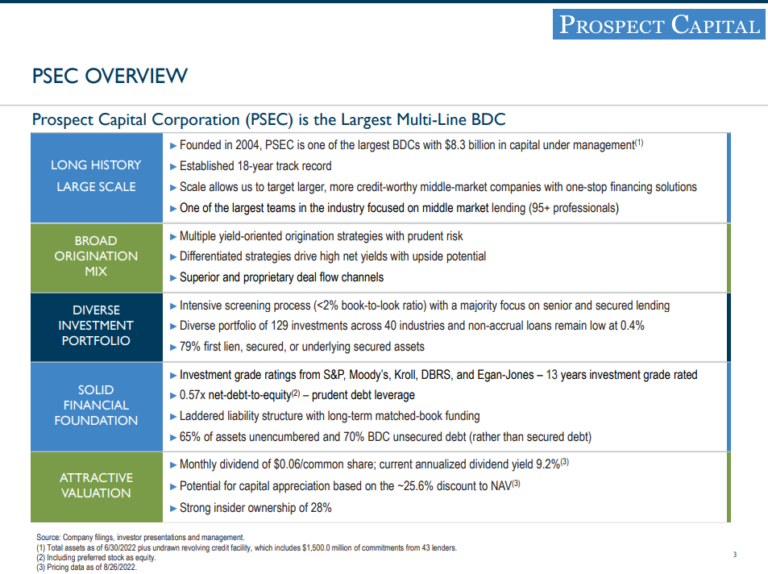
Prospect Capital is a leading provider of private equity and private debt financing for middle-market companies, broadly defined as a company with between 100 and 2,000 employees.
Operating in the middle market is beneficial for Prospect Capital because of the lack of competition from larger, more established lenders.
Middle-market companies are generally too small to be the customers of commercial banks, but too large to be served by the small business representatives of retail banks. The “sweet spot” between these two services is where Prospect Capital does business. This lack of competition in this sector has allowed Prospect Capital to finance some truly attractive deals.
The company’s current portfolio yield is 8.7%, which is down from 9.2% a year ago. Lower rates across the globe have driven down yields in a variety of asset classes, so this is to be expected.
Investors should note that Prospect Capital is highly exposed to volatile interest rates. This is because the company’s liabilities are nearly all at fixed rates, while its investments are nearly all floating-rate instruments. That means interest expense is largely fixed, while interest income rises and falls commensurately with prevailing interest rates.
As interest rates rise, the revenues from Prospects floating-rate interest-bearing assets will increase. At the same time, Prospect’s interest expense will remain essentially constant since most of its debt is at a fixed rate. Of course, the opposite is true, as falling rates generally mean declining interest income.
This makes Prospect Capital a great portfolio hedge against interest-sensitive securities like REITs and utilities, but it underperforms in periods where rates are very low, and when rates are declining.
Prospect Capital’s flexible origination mix is also a meaningful positive from an investor’s perspective, given that the wide variety of instruments it uses to produce income helps it find the best opportunities.
The company has nine different ways to make investments with target companies including different types of debt and equity. They all have different risk levels and rates of return.
Prospect Capital’s willingness to seek out the best instruments — and having the scale to do so — is a major advantage over other middle-market BDCs. The company’s investment strategy is central to its long-term growth.
Growth Prospects
Prospect Capital’s growth prospects stem largely from the company’s ability to:
1.) Raise new capital via debt or equity offerings
2.)Invest this new capital in deal originations with an internal rate of return higher than the cost of capital raised in Step 1
The most important part of this process is Prospect’s ability to source new deals that offer appropriate risk-adjusted returns.
Fortunately for the company (and its investors), there is no shortage of new deals for Prospect’s consideration. The company has thousands of deal opportunities each year, which allows them to be very selective in its investment decision-making.
Prospect reported fourth quarter and full-year earnings on August 29th, 2022, and results beat expectations on both revenue and profits. Adjusted earnings-per-share came to 21 cents, which was three cents better than expected. Total investment income — which is akin to revenue — rocketed 17% higher year-over-year to $185 million, and was $8 million ahead of estimates.
Originations declined from $565 million in Q3 to $477 million in Q4, and repayments declined from $185 million to $151 million. Operating expenses were $95 million flat against Q3, but up from $84 million a year ago.
Net investment income was 21 cents per share, up from 20 cents in Q3 and 19 cents in last year’s Q4. Net asset value finished the quarter at $10.48, down from $10.81 in Q3. We expect to see 80 cents of NII per-share in this fiscal year.
The company focuses on disciplined underwriting so as not to take an undue risk when making new deals. In addition, it is willing to pass when that is the prudent course of action, as well as exit when the time is right.
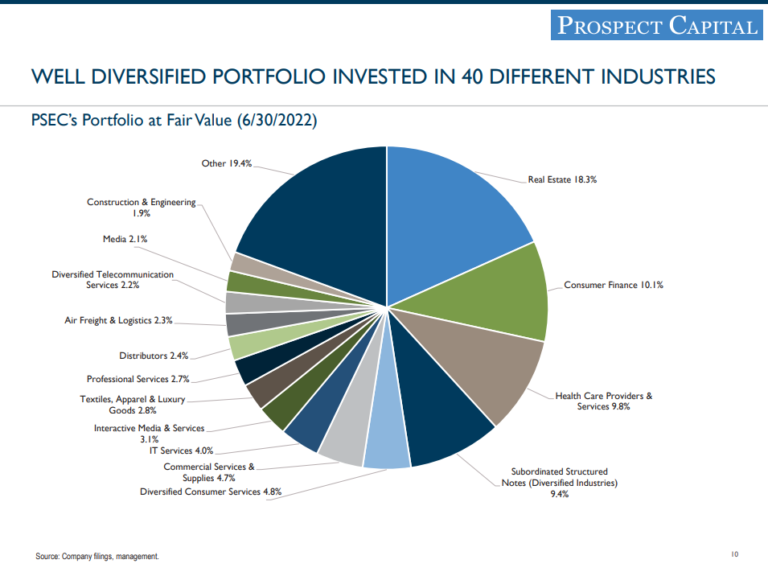
Dividend Analysis
Prospect Capital’s dividend is the obvious reason why investors would choose to own the stock, so it is critical that the dividend is as safe as possible. As a BDC, Prospect Capital has no choice but to distribute essentially all of its taxable income to shareholders. Because of this, its payout ratio will always be very high, and at times, variable.
For the most recent quarter, Prospect Capital produced $0.21 per share in net investment income, which sufficiently covered its quarterly distribution of $0.18 per share.
In other words, the dividend is actually covered by net investment income, and has been for some time, meaning the payout should be relatively safe, barring a sizable impact from the current economic downturn.
The company has now declared more than $19.68 in cumulative distributions to shareholders since 2004. That’s almost three times the current share price.
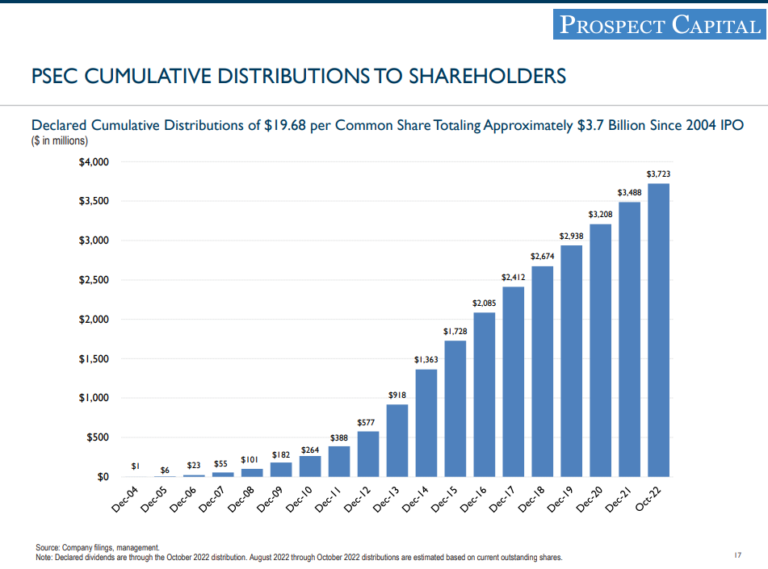
Clearly, the draw for Prospect Capital is in its ability to generate cash to return to shareholders, and over time, it has done that well.
The dividend appears safe for now, but investors should continuously monitor the company’s net investment income for any signs of trouble that could potentially lead to further cuts down the road. We don’t see that as a threat at the moment, as the company has consistently covered its payout in the past several quarters.
Related: 3 Reasons Why Companies Cut Their Dividends (With Examples)
Final Thoughts
Prospect Capital’s high 9.8% dividend yield and its monthly distributions are two of the main reasons why an investor might take an interest in this stock.
Taking a closer look reveals that this BDC has a high-caliber leadership team and has positioned itself to thrive in most environments.
The dividend appears sustainable for the time being, meaning Prospect is worth a look for those investors seeking high levels of current income and monthly payments, plus stomach the inherent risks of owning a BDC.
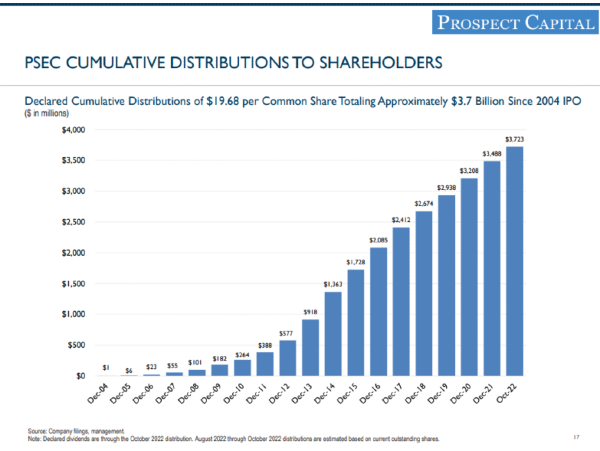





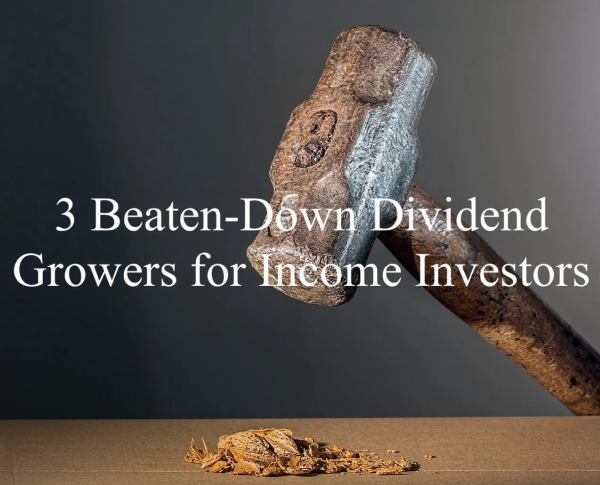

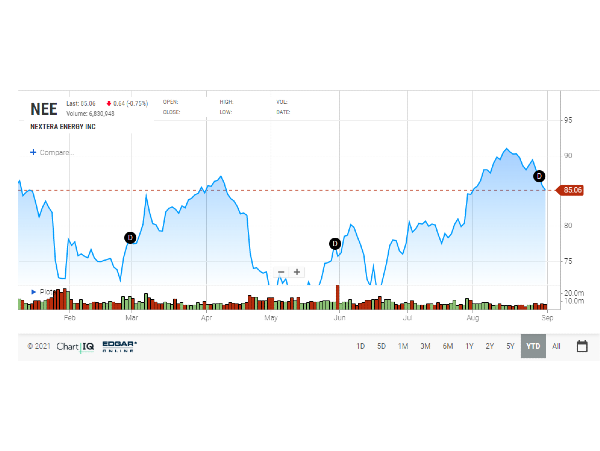

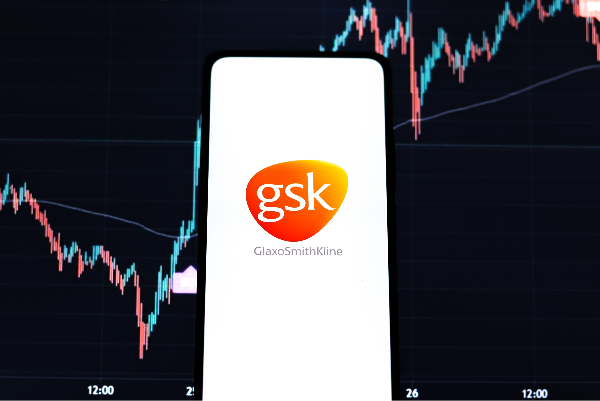
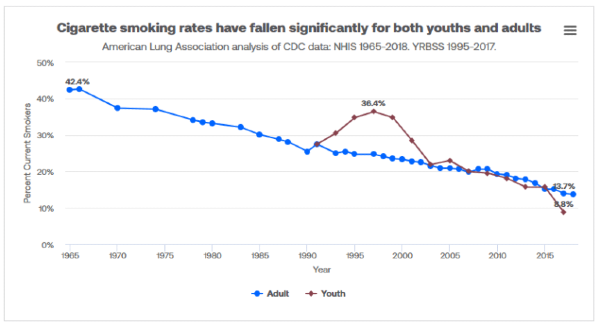



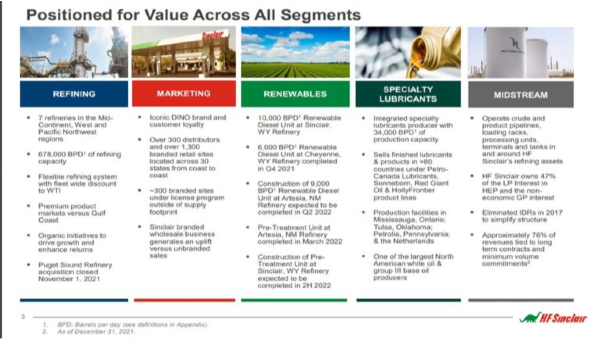
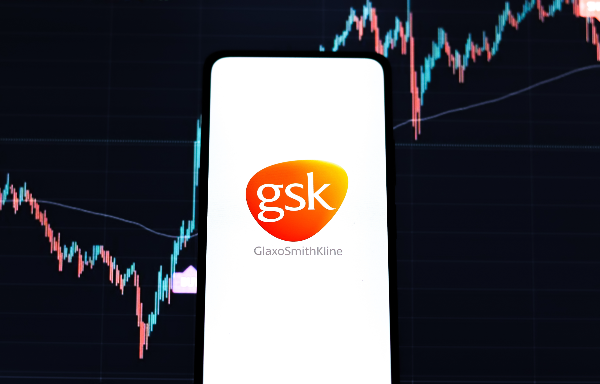




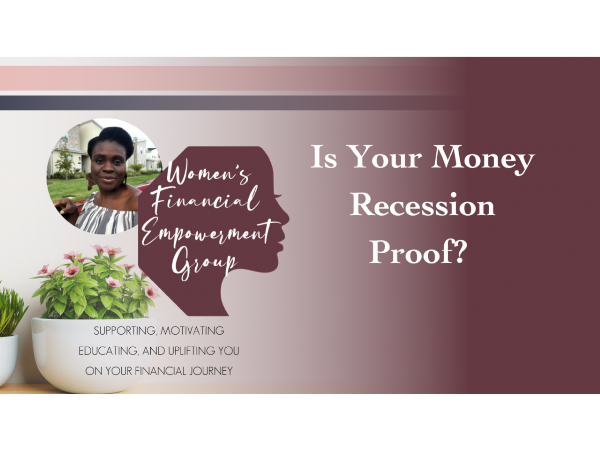








Business Development Companies — or BDCs, for short — allow investors to generate income with the potential for robust total returns while minimizing the amount of tax that is paid at the corporate level.
Despite these advantages, business development companies are generally avoided by investors. This may be due to the tax implications of their distributions for their shareholders. But even with the added headache come tax time, BDCs can still be worthwhile for income investors.
Prospect Capital Corporation (PSEC) is one of the more attractive business development companies in the market today.
Prospect stands out from the crowd in that it pays monthly dividends, giving its shareholders a steady and predictable passive income stream, which is highly appealing for income investors.
There are currently just 49 monthly dividend stocks. You can download our full Excel spreadsheet of all monthly dividend stocks (along with metrics that matter like dividend yield and payout ratio) by clicking on the link below:
Click here to download your free spreadsheet of all 49 monthly dividend stocks now.
Prospect Capital has a tremendously high dividend yield of 9.8%, which is about six times that of the average S&P 500 stock. You can see our full list of stocks with 5%+ dividend yields here.
Prospect’s high dividend yield and monthly dividend payments are two of the reasons why the company merits further research. This article will discuss the investment prospects of Prospect Capital Corporation in detail.
Business Overview
Prospect Capital Corporation is a Business Development Company that was founded in 2004. Prospect Capital is one of the largest business development companies and currently has a market cap of almost $3 billion.
Details about Prospect Capital’s business model can be seen below.
Source: Investor Presentation
Prospect Capital is a leading provider of private equity and private debt financing for middle-market companies, broadly defined as a company with between 100 and 2,000 employees.
Operating in the middle market is beneficial for Prospect Capital because of the lack of competition from larger, more established lenders.
Middle-market companies are generally too small to be the customers of commercial banks, but too large to be served by the small business representatives of retail banks. The “sweet spot” between these two services is where Prospect Capital does business. This lack of competition in this sector has allowed Prospect Capital to finance some truly attractive deals.
The company’s current portfolio yield is 8.7%, which is down from 9.2% a year ago. Lower rates across the globe have driven down yields in a variety of asset classes, so this is to be expected.
Investors should note that Prospect Capital is highly exposed to volatile interest rates. This is because the company’s liabilities are nearly all at fixed rates, while its investments are nearly all floating-rate instruments. That means interest expense is largely fixed, while interest income rises and falls commensurately with prevailing interest rates.
As interest rates rise, the revenues from Prospects floating-rate interest-bearing assets will increase. At the same time, Prospect’s interest expense will remain essentially constant since most of its debt is at a fixed rate. Of course, the opposite is true, as falling rates generally mean declining interest income.
This makes Prospect Capital a great portfolio hedge against interest-sensitive securities like REITs and utilities, but it underperforms in periods where rates are very low, and when rates are declining.
Prospect Capital’s flexible origination mix is also a meaningful positive from an investor’s perspective, given that the wide variety of instruments it uses to produce income helps it find the best opportunities.
The company has nine different ways to make investments with target companies including different types of debt and equity. They all have different risk levels and rates of return.
Prospect Capital’s willingness to seek out the best instruments — and having the scale to do so — is a major advantage over other middle-market BDCs. The company’s investment strategy is central to its long-term growth.
Growth Prospects
Prospect Capital’s growth prospects stem largely from the company’s ability to:
1.) Raise new capital via debt or equity offerings
2.)Invest this new capital in deal originations with an internal rate of return higher than the cost of capital raised in Step 1
The most important part of this process is Prospect’s ability to source new deals that offer appropriate risk-adjusted returns.
Fortunately for the company (and its investors), there is no shortage of new deals for Prospect’s consideration. The company has thousands of deal opportunities each year, which allows them to be very selective in its investment decision-making.
Prospect reported fourth quarter and full-year earnings on August 29th, 2022, and results beat expectations on both revenue and profits. Adjusted earnings-per-share came to 21 cents, which was three cents better than expected. Total investment income — which is akin to revenue — rocketed 17% higher year-over-year to $185 million, and was $8 million ahead of estimates.
Originations declined from $565 million in Q3 to $477 million in Q4, and repayments declined from $185 million to $151 million. Operating expenses were $95 million flat against Q3, but up from $84 million a year ago.
Net investment income was 21 cents per share, up from 20 cents in Q3 and 19 cents in last year’s Q4. Net asset value finished the quarter at $10.48, down from $10.81 in Q3. We expect to see 80 cents of NII per-share in this fiscal year.
The company focuses on disciplined underwriting so as not to take an undue risk when making new deals. In addition, it is willing to pass when that is the prudent course of action, as well as exit when the time is right.
Source: Investor Presentation
Dividend Analysis
Prospect Capital’s dividend is the obvious reason why investors would choose to own the stock, so it is critical that the dividend is as safe as possible. As a BDC, Prospect Capital has no choice but to distribute essentially all of its taxable income to shareholders. Because of this, its payout ratio will always be very high, and at times, variable.
For the most recent quarter, Prospect Capital produced $0.21 per share in net investment income, which sufficiently covered its quarterly distribution of $0.18 per share.
In other words, the dividend is actually covered by net investment income, and has been for some time, meaning the payout should be relatively safe, barring a sizable impact from the current economic downturn.
The company has now declared more than $19.68 in cumulative distributions to shareholders since 2004. That’s almost three times the current share price.
Source: Investor Presentation
Clearly, the draw for Prospect Capital is in its ability to generate cash to return to shareholders, and over time, it has done that well.
The dividend appears safe for now, but investors should continuously monitor the company’s net investment income for any signs of trouble that could potentially lead to further cuts down the road. We don’t see that as a threat at the moment, as the company has consistently covered its payout in the past several quarters.
Related: 3 Reasons Why Companies Cut Their Dividends (With Examples)
Final Thoughts
Prospect Capital’s high 9.8% dividend yield and its monthly distributions are two of the main reasons why an investor might take an interest in this stock.
Taking a closer look reveals that this BDC has a high-caliber leadership team and has positioned itself to thrive in most environments.
The dividend appears sustainable for the time being, meaning Prospect is worth a look for those investors seeking high levels of current income and monthly payments, plus stomach the inherent risks of owning a BDC.
Originally Posted on suredividend.com